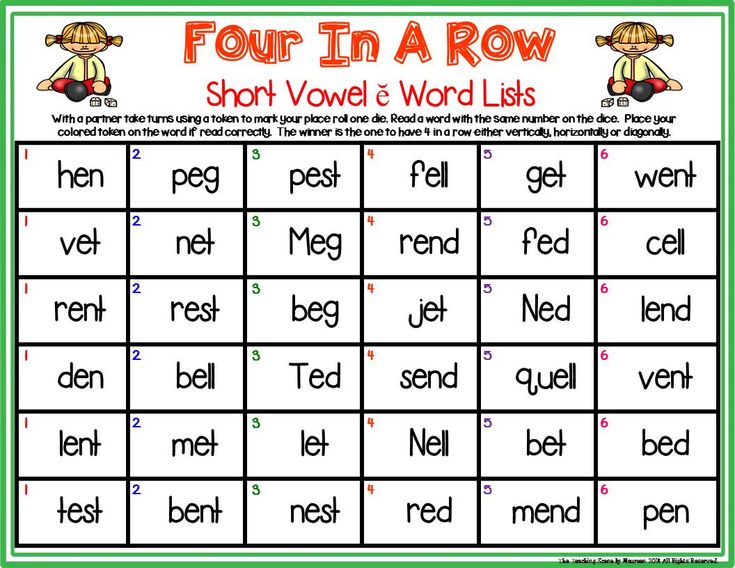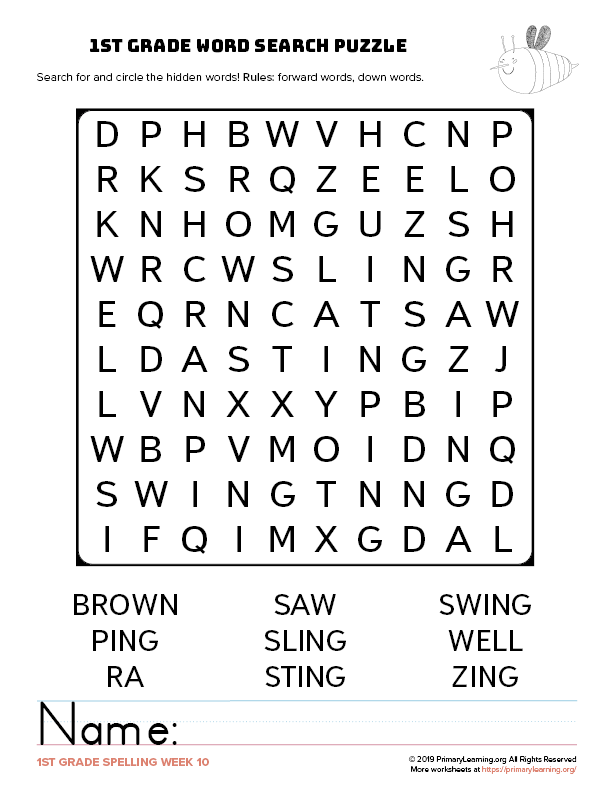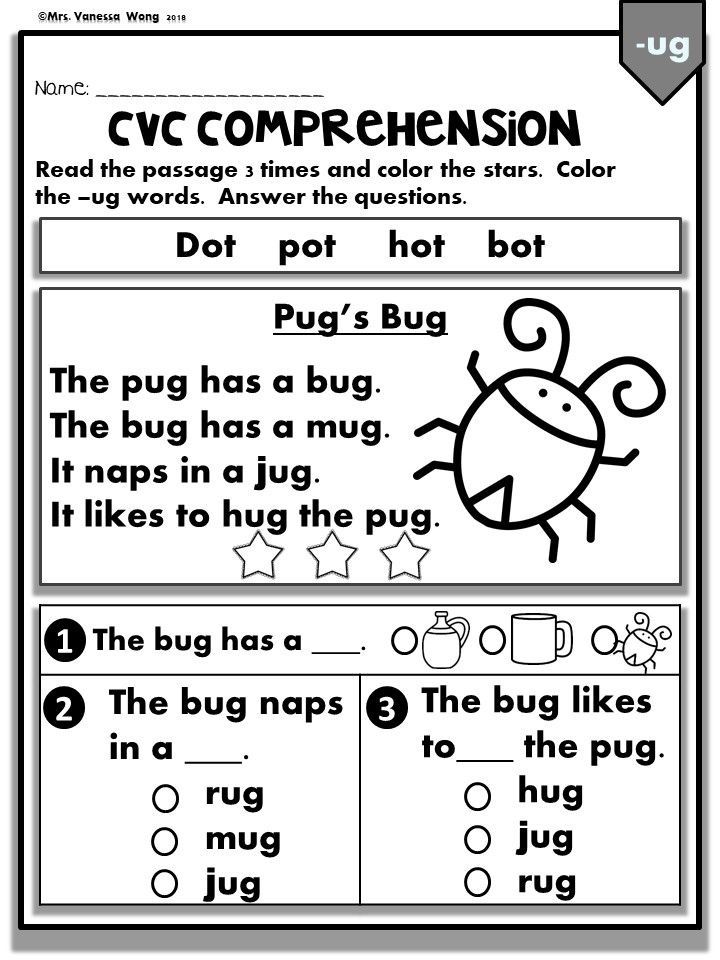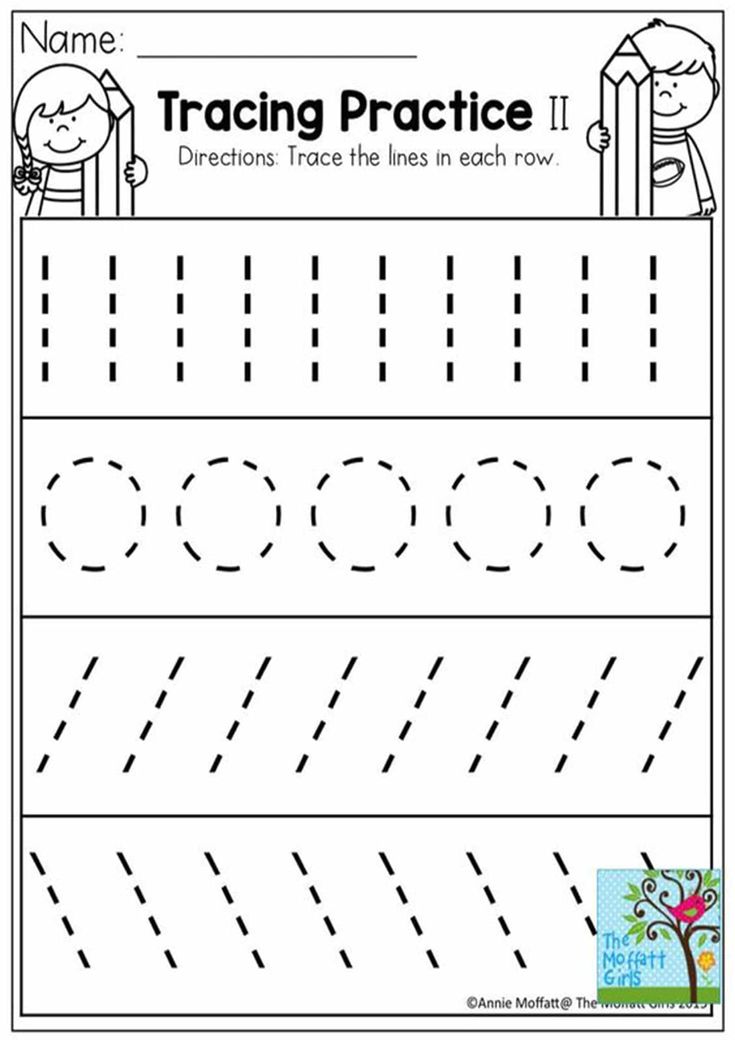A vowel words for kids
How To Help Your Child Learn Long And Short Vowel Sounds
It’s not uncommon for children to struggle with vowels. Most kids actually pick up consonant pronunciations much more quickly. Why is that?
One of the challenges with vowel sounds is that they can’t exactly be “felt” in the mouth. With consonants, kids can feel the friction created while using their tongue, lips, or teeth to produce the sounds. To produce a vowel sound, you only need to adjust the shape of your mouth.
Then there’s the challenge of distinguishing between long and short vowels or two similar vowel sounds. In a nutshell, learning vowels can be a monster!
But have no fear; we’re here to help! We’ve compiled a step-by-step guide you can use to help your child finally connect the dots with both short and long vowel sounds.
When Is Your Child Ready To Learn Vowels?
It’s challenging to teach your child vowel sounds if they cannot hear them. This is why one of the most important signs showing that a child is ready to learn vowel sounds is when they can hear the vowel sounds in simple words.
For instance, let’s say your child tries to spell a simple CVC (consonant, vowel, consonant) word like “cat.”
Even if they may misspell the word by writing “cet” instead of “cat,” this is still a beautiful moment, so celebrate it to the fullest because it indicates that your child can hear that there’s a letter between the C and the N.
If you feel that your young learner is developmentally ready to start learning more about vowels, how can you help? Let’s take a look.
Tips For Teaching Short Vowel Sounds
Since short vowels have more consistent spelling, this is a great place to start when teaching your young learner.
1) Begin With The Names Of The Vowels
Teaching your child A, E, I, O, U is the first step in helping to familiarize them with vowels. We recommend taking these one vowel at a time to avoid overwhelming your young learner.
The good news is that there are various tactics you can use to help your child remember their vowels.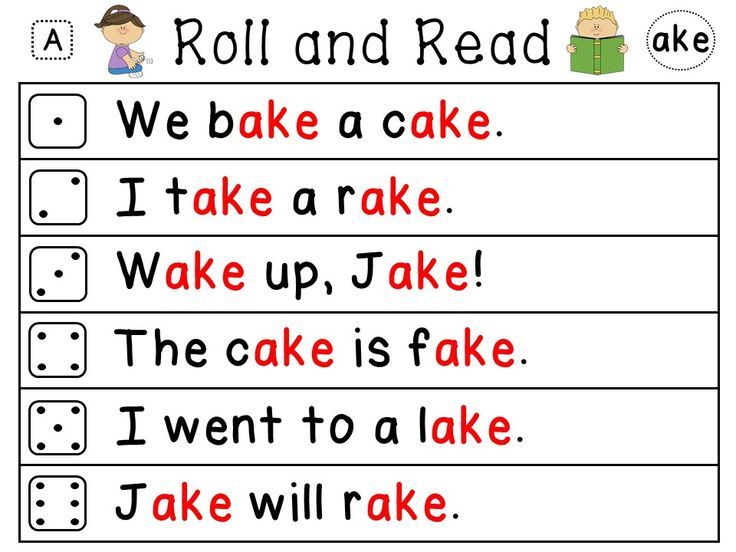
Besides sounding them out, you can also help your child create three-dimensional letters with something as easy and accessible as PlayDoh. To help emphasize the differences between the letters, use a different color for each vowel.
As your child feels and creates vowels, more of their senses will be engaged, and this will help them get familiar and comfortable with the five vowels and their sounds.
2) Differentiate Between The Vowels
This point on our list is connected to the previous one. Still, it deserves its own emphasis because it can be easy for children to struggle with differentiating between the vowels.
The example we used earlier of a child spelling “cet” instead of “cat” is pretty common, especially when you consider how similar the sounds are to each other. This is why it’s important to make the letters distinct.
To add some fun into your child’s learning, you might consider using stick puppets made with the five vowels. Simply attach a printout of each letter onto a popsicle stick, and then let your imagination run wild!
A can go to the store with
E; I can head out to the beach with O; and so on.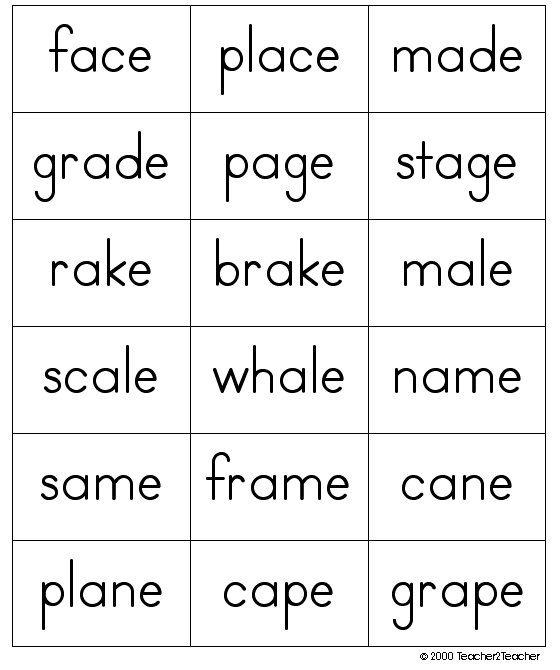 While acting out your scene, remember to emphasize the difference between the letters and keep sounding the vowels out clearly.
While acting out your scene, remember to emphasize the difference between the letters and keep sounding the vowels out clearly.
3) Introduce Word Families For Simple CVC Words
Word families can be described as a group of words that have a common pattern or features. Helping children learn these allows them to spell and sound out related words.
For example, a child who learns the word family -at, will have an easier time spelling cat, mat, hat, etc.
Remember to take it one word family at a time. This will help prevent your child from feeling overwhelmed with all the new information.
Here are some activities we recommend for working on word families:
- Say a word like “hat” and ask if it has the /a/ sound or the /i/ sound. Focus on sounding the letters out, not writing them, so your child can hear the differences better.
- Say two words and ask which has /o/ as the middle sound.
- Make a Tic-Tac-Toe board and put a vowel in each cell.
 Before placing their mark in a cell, your child will need to identify the vowel with its short sound.
Before placing their mark in a cell, your child will need to identify the vowel with its short sound. - Sound out CVC words by emphasizing the phonemes. For example, say /t/…/a/…/p/… and then blend together into tap.
- Place a t and a p with a space in-between. Ask your child to fill in the missing letter that will help form “top.”
- Switch the vowels. For this, you can play with magnetic letters. Ask your child to turn “tap” to “tip” and then to “top.”
Here are some great words with short vowel sounds to practice at home:
Short “A” Sound Examples:
- Cap
- Bat
- Bad
- Cat
- Dad
- Lap
- Tap
Short “E” Sound Examples:
- Bed
- Get
- Pen
- Bet
- Wet
- Fed
- Net
- Ten
Short “I” Sound Examples:
- Bin
- Sip
- Tip
- Zip
- Did
- Fit
- Nip
- Win
Short “O” Sound Examples:
- Rod
- Cod
- Jog
- Dot
- Fog
- Mop
- Pot
- Top
Short “U” Sound Examples:
- Bun
- Cut
- Pup
- Sun
- Sum
- Run
- Fun
- Hug
Tips For Teaching Long Vowel Sounds
1) Form Long Vowel Sounds
Although long vowel sounds are typically easier for kids to learn, we normally teach short vowels first.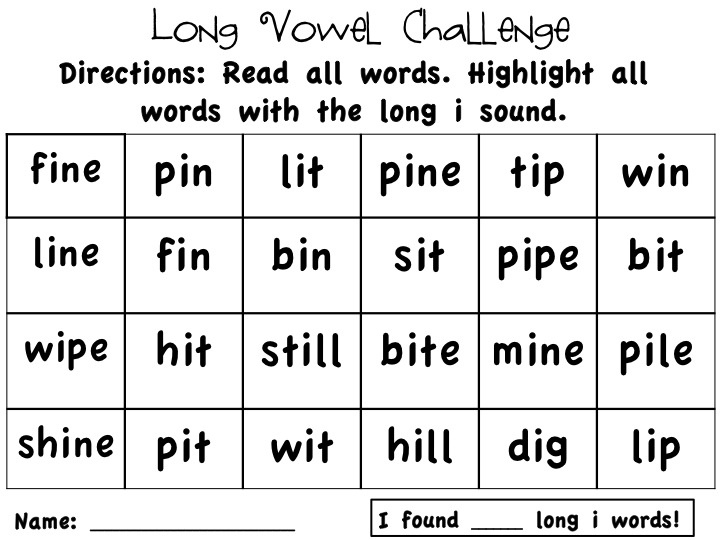 Why is that? It takes two vowels to make a long sound, and this can be tricky for kids to understand at first.
Why is that? It takes two vowels to make a long sound, and this can be tricky for kids to understand at first.
To get started with long vowel sounds, we begin teaching the silent e. It’s important for kids to understand that every vowel will change its sound when a silent e is put after the CVC form of a word.
For instance, if you put an e after the CVC word tap, the word changes to tape, and the vowel sound produced changes.
To help your child grasp this concept, begin with phonemic awareness. Ask them:
- Are tap and tape the same?
- Say the individual sounds slowly — t-a-p and t-ae-p.
- What changed?
You can also use magnetic letters to help illustrate the power of the silent e.
First, show your child the letter a. Make the short sound and then explain that you will give the power to its own name. Who can give the power? E! Tap the magnetic e on the magnetic a, adding it to the end of the word after, and — voila! — you now have a new word.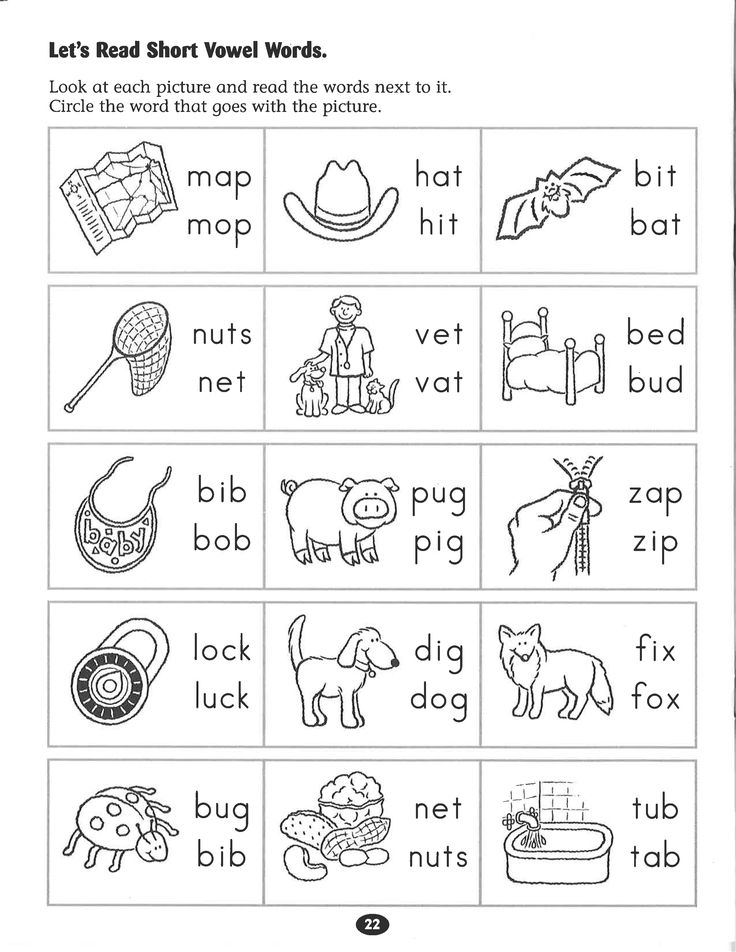
Using magnetic letters, you can then change tap to tape, bit to bite, dot to dote, and so on. While your child will hear that the sound changes, using magnetic letters will help them see what vowel contributes to the change in sound.
You can also use flip cards to demonstrate this concept. Fold the last eighth or so of an index card, and then write a CVC word, like tap, on the unfolded part and an e on the folded part. When you unfold the card, the word will change from tap to tape!
Note: The long o and u sounds can be a bit more complicated, so we recommend holding off on those until your child has gotten a good grasp on the others.
2) Correct The Spelling
To help your child gain a better understanding of long vowel sounds, why not play a game to help strengthen their knowledge?
To play this game, show your child the incorrect spelling of a CVC word and have them correct it. For example, using magnetic letters, spell out f-i-n-o but pronounce it as fine.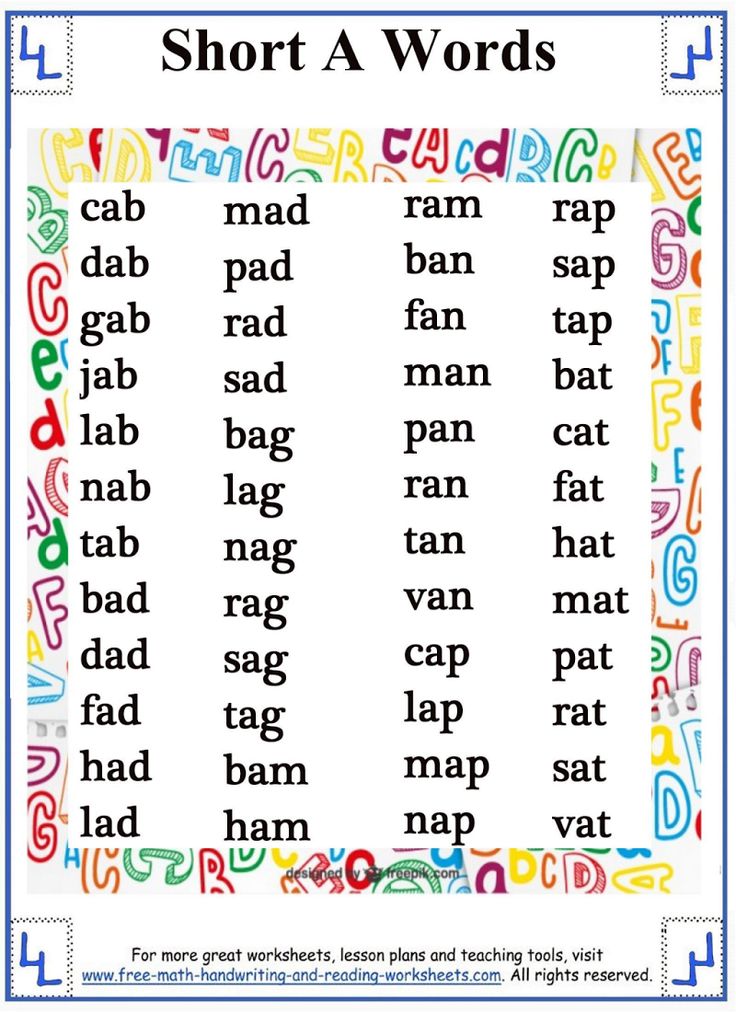 Now your child, who’s learned the power of the silent e, will be able to replace the o with an e.
Now your child, who’s learned the power of the silent e, will be able to replace the o with an e.
Here are some great words you can use for this activity:
Long “A” Sound Examples:
- Bake
- Lake
- Fame
- Date
- Fate
- Cake
- Make
Long “I” Sound Examples:
- Hide
- Fine
- Time
- Line
- Mine
- Pine
- Wife
- Ride
Long “O” Sound Examples:
- Joke
- Rose
- Woke
- Poke
Learning Vowels One Day At A Time
Learning vowels can be challenging for children. That’s why it’s important to take it one day at a time.
Help your child learn their basic vowels, start with the short CVC words, and then after some practice, help them nail the long vowel sounds, which are a little trickier.
Using the right strategy, you can give your young learner the confidence to face any unfamiliar word they may come across during reading activities.
With the help of the HOMER Learn & Grow App, continue exposing your child to all sorts of stories and reading activities. This will not only help them with their vowels, but it will also set a solid foundation for their literacy journey!
Author
“Vowels For Kids: How To Identify If Your Children Are Ready To Learn Vowels?”
- 1 Comment
- AK
- November 26, 2021
Do your children struggle with vowels? Do they find it difficult to grasp the different variants of the vowels? Are you tired of looking for effective ways to teach vowels to preschoolers? Then your search ends here. This article talks about ways to teach vowel sounds to your kids.
But before you get into it, it is important to understand the meaning of vowels, the reason for your kids to learn them, and the right age to do it.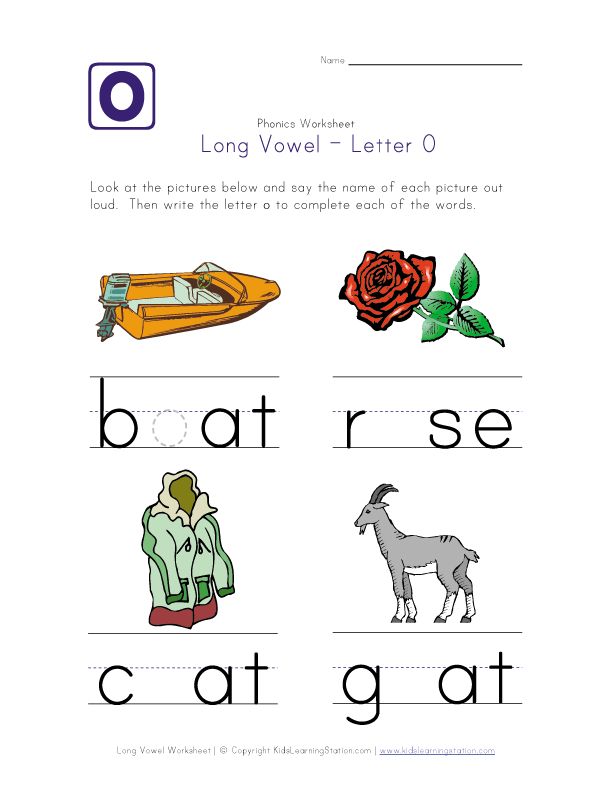
What are vowels?
Out of the 26 letters of the English alphabet, letters A, E, I, O, and U are called vowels. Letters other than these 5 are called consonants. Vowels are present within all the words found in the English Language. So without learning vowel sounds, it is impossible to pronounce any word in the language.
So, what’s the difference between vowels and consonants? The difference lies in the way they are pronounced. When vowels are produced, there is no restriction of the passage of air from the lungs to the mouth. But when consonants are produced, the air passage is restricted by either the throat, lips, teeth, or tongue.
There are two types of vowel sounds in the English Language- long vowels and short vowels. Long vowel sounds are pronounced like the letter it designates, while short vowel sounds are pronounced differently from the letter it designates. Short vowel sounds always occur after a consonant and cannot be placed at the end of a syllable.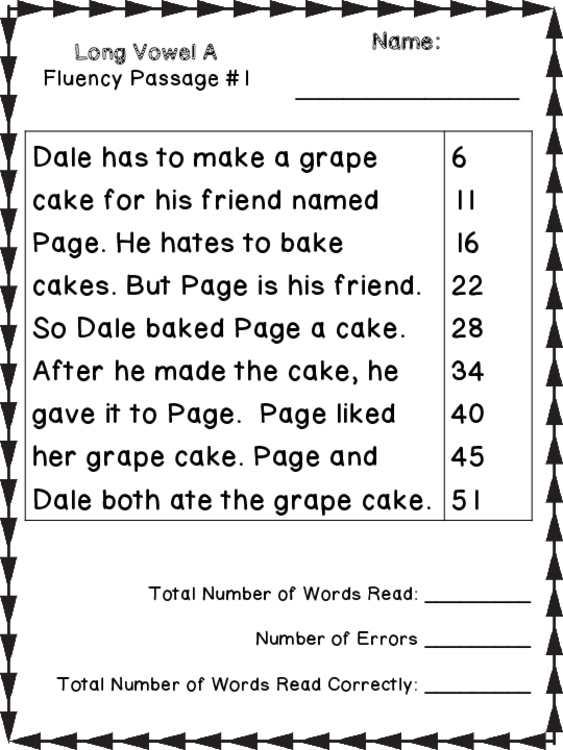
Why is it important to teach your children vowels?
Teaching vowels are crucial to develop good reading skills in children. It helps children understand the difference between CVC (consonant-vowel-consonant) words like pat and pit, bat and bet, etc. Without a good understanding of vowels, children often find it difficult to read and spell words right. So, learning vowel sounds is indispensable in your children’s life.
But if you’re wondering what’s the right age for your children to learn vowels, then read on.
How to Identify if your children are ready to learn vowels?
Vowels are the building blocks of the English language. Understanding the difference between long and short vowels can seem like a herculean task for your children if they aren’t ready to learn vowels. And here’s how you can know whether your little champs are ready.
When kids learn to distinguish between beginning and ending sounds in words, it is a sign that they are ready to learn vowels.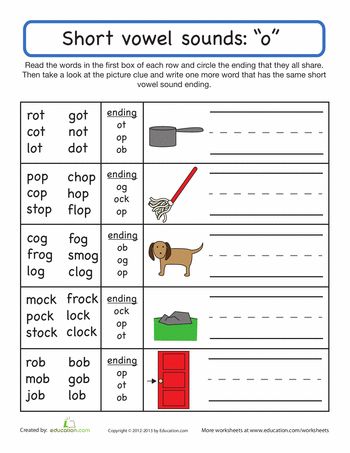 To know this, pay close attention to the way they spell CVC words like PEN or PIN. The sound they produce will often be wrong. But the good news here is that they are now aware of the existence of something else between P and N. They can now hear some other sound between P and N.
To know this, pay close attention to the way they spell CVC words like PEN or PIN. The sound they produce will often be wrong. But the good news here is that they are now aware of the existence of something else between P and N. They can now hear some other sound between P and N.
And this development of recognizing vowel sounds is a sign for you to introduce vowels to your children!
How to teach vowel sounds to your children?
Here are some actionable tips to teach vowels to your preschoolers:
- Start with Names of Vowels
Begin by teaching them the names of each vowel. The chief aim here is to make the kids learn, repeat, and memorise the vowels. There are many activities for teaching vowel sounds. Some of them are as follows:
- Use Songs to Teach Vowels
Using songs to teach vowel sounds is the most effective way to begin. Children enjoy singing songs and consider it a fun activity rather than a learning activity.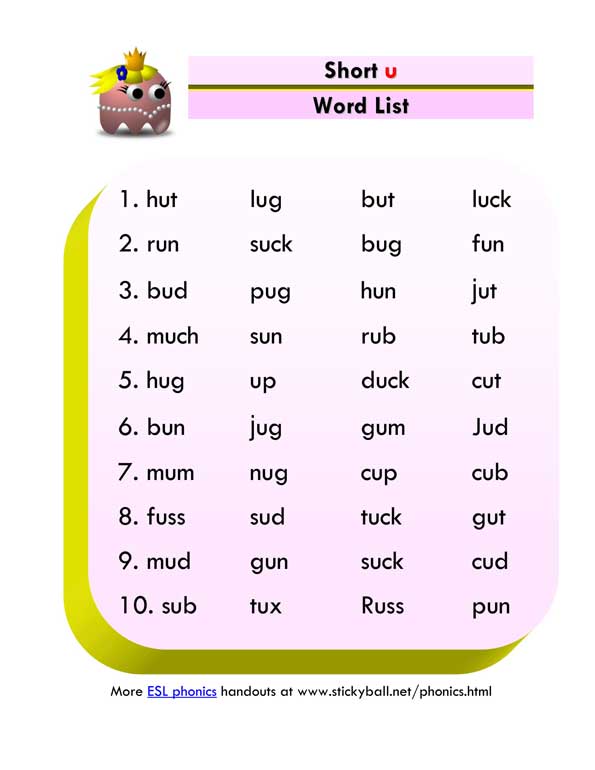 Tweaking the nursery rhyme ‘Old MacDonald’ is one of the most popular ways to teach vowels. Instead of the usual ‘Ee i ee i o’, substitute it with ‘A, E, I, O, U.’ You can find the animated video of this new version here.
Tweaking the nursery rhyme ‘Old MacDonald’ is one of the most popular ways to teach vowels. Instead of the usual ‘Ee i ee i o’, substitute it with ‘A, E, I, O, U.’ You can find the animated video of this new version here.
- Teach them the Hand Motions
Some children find it easy to grasp things when they learn by touching or by physical means. They are called kinesthetic-tactile learners. If your children belong to this category, teaching hand motions is the easiest way to teach them vowels. They will learn to find a connection between hand motion, vowel sound, and shape. This helps them to learn faster and retain longer.
2. Short Vowels Before Long Vowels
Introduce your children to vowels by teaching them short vowels first. Having a thorough understanding of short vowels is required before learning long vowels. If your children fail to grasp short and long vowels, it will have an undesirable effect on their reading skills.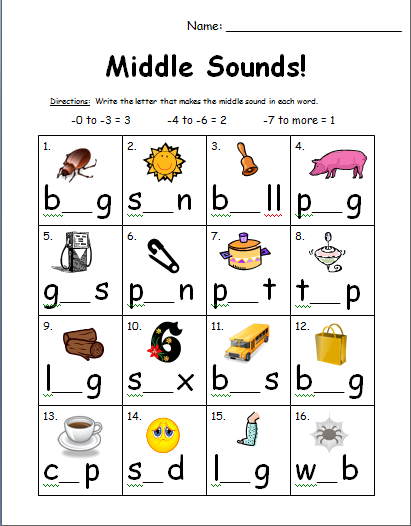
Constant revision is the only shortcut to make kids good with vowels. There are many interesting activities for teaching short vowel sounds to children. Some of the most effective and easy ones are here:
- Learn with placards
Placards made out of ice cream sticks and paper can be used to teach short vowels to kids. Each short vowel should be written on a single placard. In this activity, you should say words aloud and ask your children to raise the placard with the right short vowel in it.
For example, your kids should hold up the placard with the vowel ‘a’ if you say the word CAT aloud. If you say the word SIT aloud, your kids should hold up the placard with ‘i’ in it.
- Trace on sand
Making kids trace vowels on sand is a multi-sensory approach and hence is one of the most effective ways to teach them vowel sounds. To perform this activity, spread sand on a plate and give it to your kids. Then say a vowel sound aloud, make kids repeat the sound, and make them trace the vowel on the sand.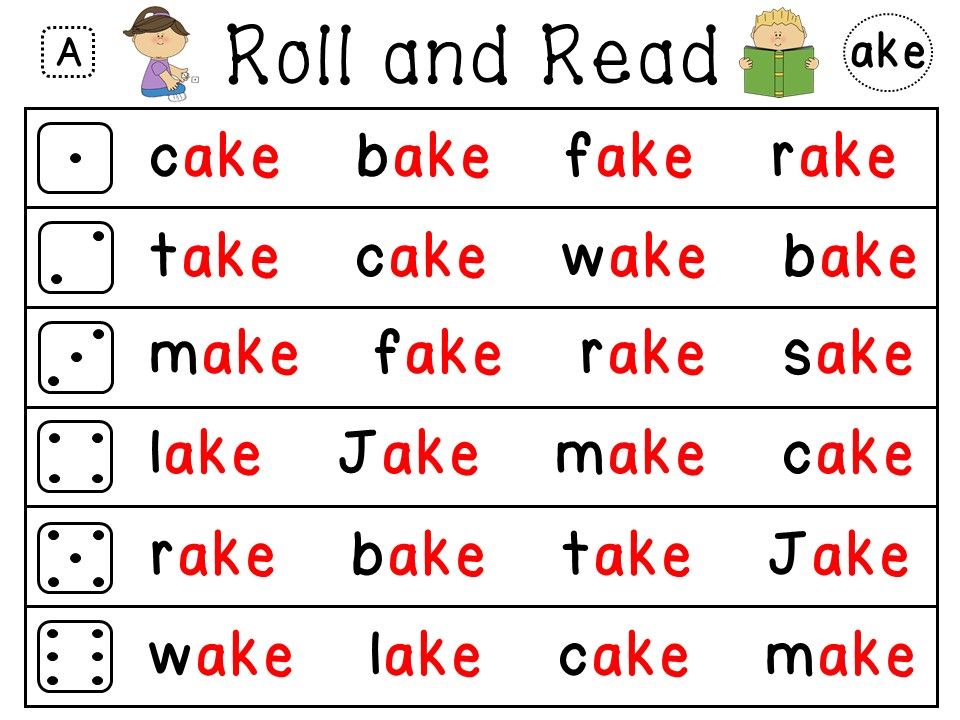
If you find it difficult to find sand, download any sand drawing apps from Google Play. This would be a new experience for the kids and will help retain their interest for a longer time.
- Practice In Front of a Mirror
Make children practice saying vowels in front of a mirror. When they observe the shape of their mouth while pronouncing these vowels, they will understand the subtle difference in pronunciation.
For instance, voicing vowels ‘e’ and ‘i’ can be confusing for many early learners. But when they practice in front of a mirror, they will learn to distinguish it better.
3. Take it to the Next Level with Long Vowels
Once your children master short vowels, then you can move to long vowels. Long vowels are quite tricky so give children ample time to understand them. The different spellings of long-vowels can be quite overwhelming for them if introduced all at once. Hence, it is important to introduce one vowel at a time.
Just like with short vowels, practice is the only way for your child to wade through the initial confusion. There are many activities to teach long vowels interestingly. Some of them are:
- Long or Short Game
This is a simple but effective activity to help children get familiar with long and short vowels. Say a word aloud and ask your children to identify if the vowel used in the word is short or long. Worksheets available on the internet for long and short vowels can come in handy for this activity.
So if you say the word CAKE, children should identify and say that the vowel used is ‘Long A.’If you say the word ‘BAT,’ they should identify that the vowel used is ‘Short A.’
- Sort and Learn
Another interesting activity you can try with your kids is sorting. You can create a list of words using long vowels and ask them to sort them into groups of different long vowels. You can either write the words or download a worksheet for the same.
Give words like snake, train, grapes, and whale. The children should be able to group them under the different long vowel forms of ‘A.’ For example, the word snake should come under the group ‘a-i’ and so on.
- Find the Correctly Spelt Word
This is a bit more advanced than the rest of the activities. Hence, it is suitable once your children become experts at other activities mentioned. The task involves giving them three or four spellings of a word as options and asking them to choose the right one. The options included should be spelling variations of the same long vowel.
For example, you can give options, payne, pain, and pane and ask your children to identify the right word.
Wrapping Up
Vowels are a hard nut to crack for your little champs. And practice is the only way to help them grasp it. But take an effort to make the learning process as easy and interesting as possible. Follow the fun activities described in this article and watch them fall in love with vowels.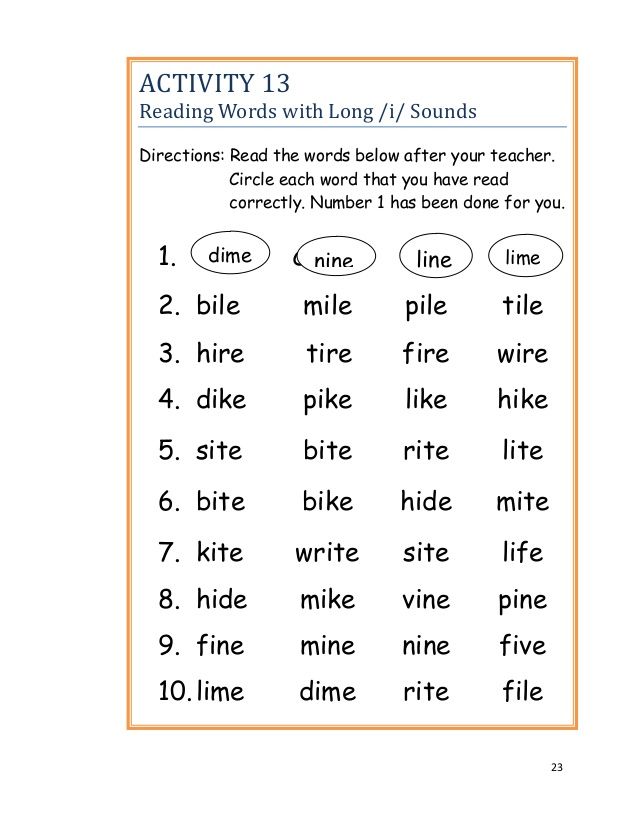
"Vowel sounds"
About the motivating force of the game motive, the crucial importance of the game for the general mental development of a preschool child once written in the psychological and pedagogical literature.
Now a lot of six-year-olds are enrolling in the first class, and after all, these are the “unfinished” preschoolers.
The easiest way for such schoolchildren to read and write lies through games of sounds and letters. After all, the letter is the translation of speech sounds into letters, and reading is translation of letters into sound speech. nine0003
The task of sound analysis of words will be solved children more willingly if given a play shape.
The main task of the pre-letter stage of education literacy - to make a word for the child, his sound shell is not only tangible, but also attractive, interesting.
The work of a speech therapist is aimed at help children with speech problems faster adapt to school. Their learning difficulties process are obvious.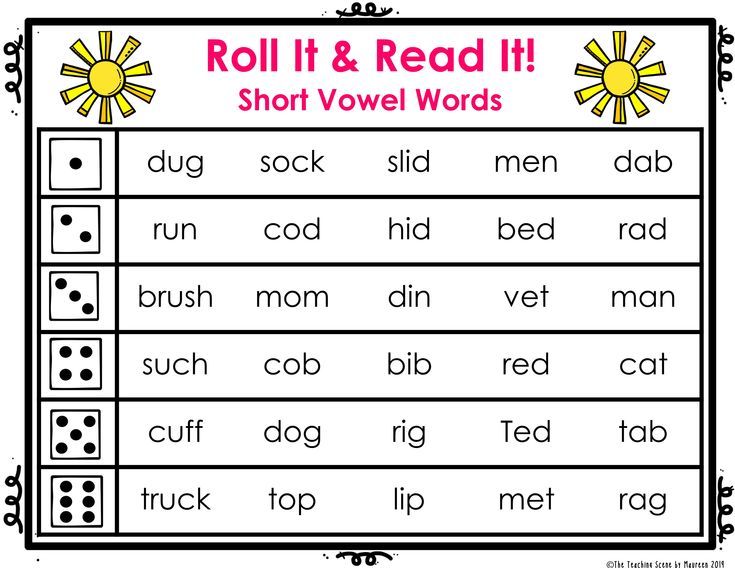 And the primary task is to keep in mind the development of learning skills and interest to the learning process itself. nine0003
And the primary task is to keep in mind the development of learning skills and interest to the learning process itself. nine0003
I often use fairy tales in my work. If I have to compose a fairy tale, then it does not amount to me work - I compose. The main thing in my work is not to be boring and help the child cope with difficulties.
Oddly enough, but consonants and letters are children remember faster (especially bright-acoustic - M, L, R), but with vowels there is a problem.
The fact is that children confuse vowel sounds and letters, and hence the errors in writing and reading.
I decided to “revive” the vowels and give them individuality (visually and acoustically). nine0003
Six vowels - let it be a village (then iotated vowels will be added to them letters - I, Yu, E, E). There are many consonants more is a city.
But now we will talk only about vowel sounds.
For connecting motor speech and hearing analyzers with the development of general motor skills in used as a physical exercise phonetic rhythm.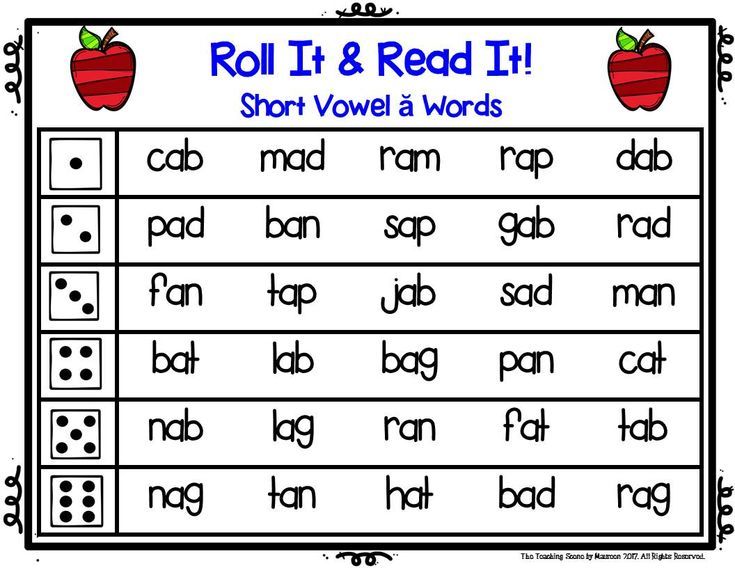 Motor exercises help develop auditory attention, clarify articulation and activate pronunciation skills. nine0003
Motor exercises help develop auditory attention, clarify articulation and activate pronunciation skills. nine0003
Lesson objectives:
- develop children's phonemic hearing;
- clarify the articulation of vowels, teach evaluate your muscle sensations pronunciation of vowels - A, U, O, E, S, I, linking these sensations with the fact that they are hear;
- focus children's attention on the concept “VOYAL SOUNDS”;
- to form the skills of analysis and synthesis of syllables. nine0036
Lesson material:
- handout - customized mirrors for monitoring articulation apparatus, a set of figures (a circle, a smaller circle, oval, half circle, “smile”), strip of paper divided into three equal parts - concept scheme “WORD”, red squares;
- demonstration material - manual “VOVONS SOUNDS” see figure 1, 2, 3, 4, 5, 6; nine0035 subject pictures.

LESSON PROGRESS
1. Organizational moment.
The one who remembers the words will sit at the desk beginning with the sound “A”, “U”, “O”, “I”, “E”.
Know, there are absolutely no words for a vowel, Alas "Y".
2. Main body.
Speech therapist :
To be able to read well
Everything you need to know about sounds. nine0082 Start with vowels
Learn them all by five.
We will imagine that the sounds of the city, the village have
And let's start, of course, with vowels. They are exactly numbered six:
A, U, O, E, S, I.
Here in the wonderful village
Ringing, in pink tones
Girls in beautiful dresses
With bells in hand.
From morning to evening they sing,
Ringing, singing their voices
And they are all called vowels
It's impossible without them.
/ On the board - the manual "Vowels" - houses with girls in red dresses with bells in hands, on houses, geometric figures
Now we will go to the first house
"A" is in charge of it.
Mouth opens freely,
Singing songs loudly.
Children hold a mirror with one hand, look and pronounce the sound “A” smoothly and for a long time. nine0003
Cover the throat with the other hand in order to feel the vibration of the vocal cords.
Let's knock on the vowel “U”,
Mouth folded into a tube.
Children look in the mirror and sing - "U", hand on neck.
Here is an open window
We are greeted by the vowel "O".
Mouth opens like in a choir,
He also sings something.
Children look in the mirror and sing - "Oh", hand on neck. nine0003
nine0003
"E" sings like an echo
Here, brothers, no laughing matter:
Mouth round like a dot,
Stretched into half a circle.
Children look in the mirror (control articulation and vibration of the throat).
Let's go to the vowel “Y” now
We will sing along with her.
Let's stretch the mouth like an oval,
That stumbled and fell.
Children look in the mirror (control articulation and vibration of the throat). nine0003
The vowel “I” is more cheerful than all
And a smile from ear to ear.
Children look in the mirror (control articulation and vibration of the throat).
3. Physical education.
Speech therapist: Let's sing the vowels sounds. Repeat after me.
Speech therapist shows children along with movement on exhale sounds.
(Starting position: standing feet together, hands bent at chest level, fists together. nine0003
A - spread your arms to the sides and down;
U - hands forward;
O - arms through the sides up;
E - palms outward - spread apart;
Y - sharply throw out hands with the index finger YOU-YOU-YOU, WE-WE-WE
Starting position for the sound "I" - standing feet together, arms bent at the elbows, elbows to the sides and slightly up, fists apart
I - index fingers up and climb socks, hands up). nine0003
4. Rule.
Speech therapist: What did you notice when looked in the mirror?
Children's answers: Mouth opened differently.
Speech therapist : Exactly. When we pronounce “VOVONS”, then the mouth opens every time differently.
Girls in red dresses
Mouth opens differently,
And that's why different
They make sounds.nine0003
Let's learn a rule that will help us distinguish vowels from consonants. (Rule pronounced in chorus behind a speech therapist)
The mouth is open - a large hand finger
Language is not obstructed - children show index finger
The neck sings (voices) - children show ring finger
5. Didactic games for reinforcement material.
5.1. Guess what sound I want pronounce. Guess and turn on the sound. nine0003
Guessing sounds from silent articulation.
(Invite the children to “guess” a sound to a neighbor in desk)
5.2. Exercise “Find the place of sound in word."
Speech therapist : I suggest looking for vowels sounds at the beginning, middle or end of words.
Words have a beginning - the first sound, an end - last sound, all other sounds are in middle. What sound do you want to look for?
For example, the children suggested the sound “O”. nine0003
nine0003
The speech therapist pronounces words with the sound “O”, and the children on the diagram “WORD” mark it in red square.
(If the children wish, also continue the exercise with other vowel sounds. Can be complicated task by suggesting a word with two identical sounds. For example: KANGAROO - children find the sound “Y” in the middle and at the end)
5.3. Didactic game “What sound sang?”
Speech therapist : I suggest to play, vowels look for sounds in words. nine0003
The game is called “What sound did you sing?” You must learn the sound and show the figure.
For example: Mind - the children raise a small circle, which means "U".
(Invite the children to think of short words)
The game continues, but becomes more difficult. Now in words will “hide” two or three vowels sound.
There are words with only one syllable
You can’t find them in short: UM, MAC, UZH, BITCH ...
They have only one vowel sound. nine0082 And the words TRA-VA and KOSH-KA
Will be a little more authentic
Vowel sounds in the word two
Well, there are also two syllables.
There are words with many sounds.
Sounds vowels count
Open your mouth wider.
You can walk syllables, tap, slam,
If you want to count your fingers, open your mouth - bend it.
(Children find vowel sounds in words and lay out the figures that designate them on the desk). For example: moon
snail, etc.
5.4. Outdoor game “Find your house”.
Children can choose a shape to represent one sound or another.
Children-leaders are selected, who have in their hands picture. Presenters show what is drawn on card and children with figures run to their "house".
For example: Excavator - everyone with a figure fits this leader.
Watermelon - with a figure they approach their house, etc.
5.5. Didactic game “Guess word".
Speech therapist : I will think of words. To guess a word, you need to put first sound. Guessing the words will help you pictures on the board: ... orange, ... tight, ... ndyuk, ... kskavator, etc. (orange, iron, turkey, excavator).
5.6. Didactic game “Live sounds” (AU, UA, IA).
6. Summing up.
Learning vowels tasks for preschoolers 5-6 years old in a playful way
Learning to read begins with the study of letters and sounds. The kid learns them separately, and then begins to put them into syllables, and later into words. So that acquaintance with letters does not turn out to be too difficult for the baby, you need to organize it correctly. Let's find out how to quickly learn vowel sounds with your child.
How to start learning vowels
Many parents begin to teach their children the alphabet, looking at all the letters in a row, in alphabetical order.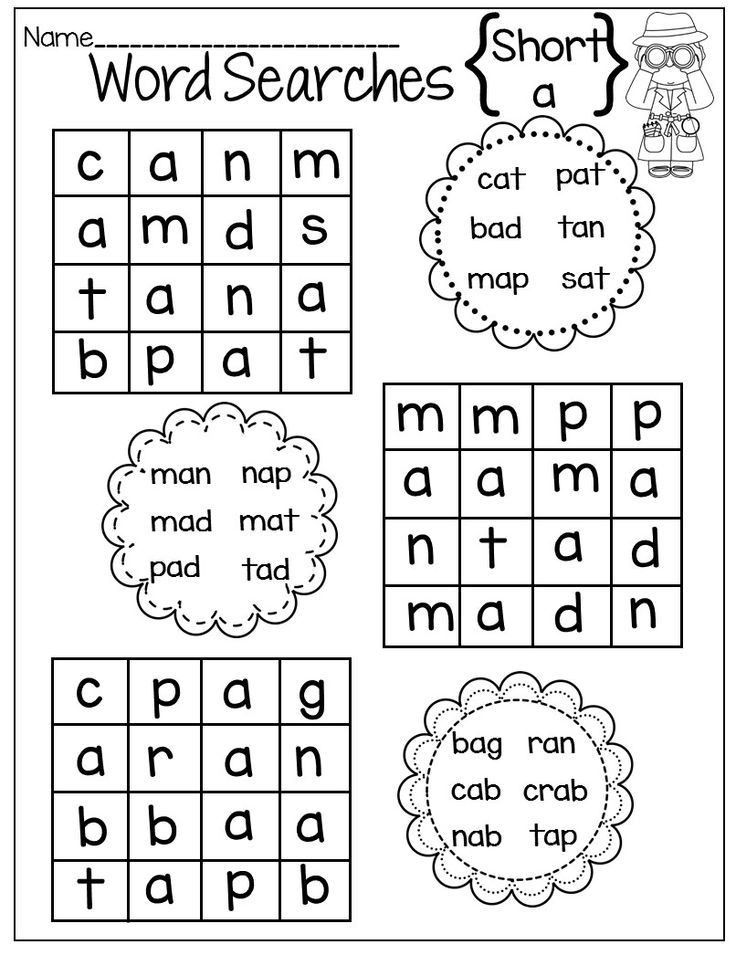 This is not the correct method. It is better to divide the letters into vowels and consonants and learn each group separately. This approach will greatly facilitate the child's task. nine0003
This is not the correct method. It is better to divide the letters into vowels and consonants and learn each group separately. This approach will greatly facilitate the child's task. nine0003
Start with vowels. First, explain to your child the difference between vowels and consonants. Vowels are sounds that are pronounced by the voice. They are sonorous, from which you can sing, stretch your voice.
To show your child the difference between vowels and consonants, give him a mirror and ask him to pronounce different sounds. Let him see how the position of the mouth changes during the pronunciation of vowels and consonants. When pronouncing vowels, the mouth is freely open, the tongue lies and does not move, and the air freely leaves the throat. The pronunciation of consonants involves lips, tongue, teeth. nine0003
When the child learns to distinguish between these two groups of sounds, you can move on to a more detailed study of vowels.
A method for studying vowels
There are ten vowels in the Russian alphabet - A, O, U, Y, I, Y, E, Y, Y, E.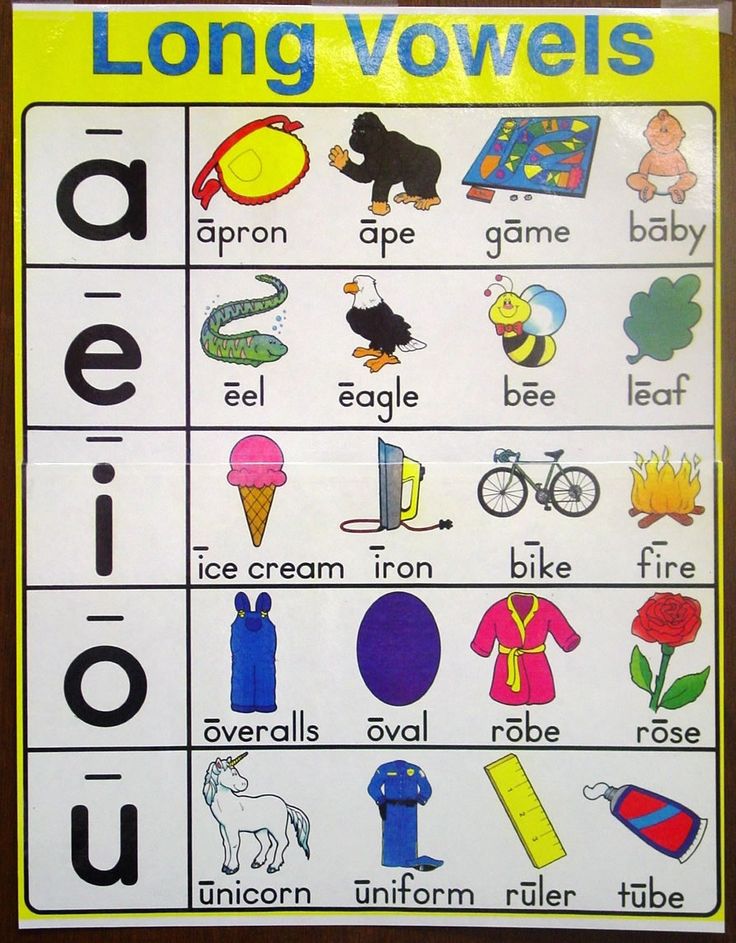 To make it easier for a child to remember them, make them from cardboard (or buy ) cards with their image.
To make it easier for a child to remember them, make them from cardboard (or buy ) cards with their image.
Letters A, O, U, Y, E write in one color, for example, red. And the letters I, Yo, Yu, I, E - in a different color, for example, blue. This is necessary so that the child learns to distinguish between "hard" and "soft" vowels. nine0003
Arrange the cards in pairs: A-Z, O-E, U-Y, Y-I, E-E and show the child. Explain that paired sounds are similar to each other, only A, O, U, S, E are pronounced firmly and with a wide open mouth, and I, E, Yu, I, E have a soft sound and when they are pronounced, the lips stretch or fold into tubule.
Let the child practice pronouncing sounds in pairs by observing his facial expressions in the mirror.
Letter games
Children learn best through play. So turn the boring memorization of sounds into a fun game. nine0003
- Shuffle the cards and place them face up on the table. The task of the kid is to fold the cards with red and blue letters (A-Z, O-Yo, etc.
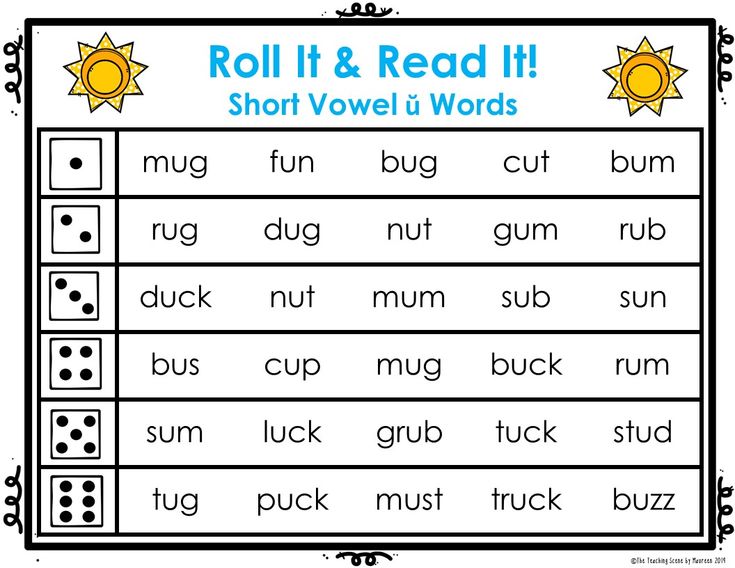 ) in pairs.
) in pairs. - Shuffle the cards like playing cards. Pull out one, show the child and ask what kind of letter is written on it. If he answered correctly, the card goes to him, if incorrectly, it is returned to you. To make it easier for the baby, first show the letters in pairs (A, then Z, etc.), and then at random. nine0036
- Draw or give a task a child to draw a house with ten windows - five in two rows. Write in each box of the first row the letters A, O, U, Y, E, and then ask the child to write in the boxes of the second row a pair for each letter. Then erase the letters and enter in the first row of boxes I, Yo, Yu, I, E and ask the baby to enter their pair in the second row. Then erase all the letters again and invite the child to enter all the pairs in both rows of boxes.
- Name words beginning with vowels, and ask your child to name this sound (watermelon, donkey, snail, spinning top, apple, Christmas tree, blackberry, needle, exam).
Then the child must come up with words that begin with each vowel sound. Invite him to name a word that starts with Y. After unsuccessful attempts to do this, explain that in Russian this letter never occurs at the beginning of a word. Name the words in which Y is in the middle (fish, lynx, skis) or at the end (teeth, mushrooms, mountains). nine0036
- Find pictures of objects with three letters in the name , one of which is the vowel (cat, onion, cheese, crayfish, beetle, etc.). Ask the child to name the object shown in the picture, determine what vowel sound is in this word and where it is located (at the beginning, middle or end of the word).
- Take a pencil and write any vowel in the air. The kid must guess what exactly you wrote.
Magnetic letters will be a good help in learning. They are bright, multi-colored, they can be attached to any metal surfaces. The kid will be happy to play with them.